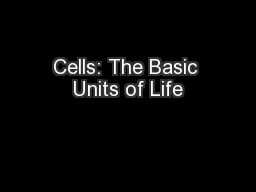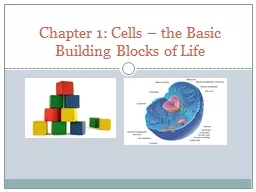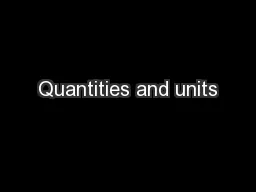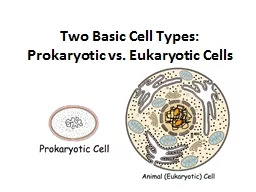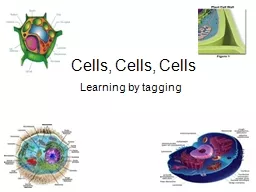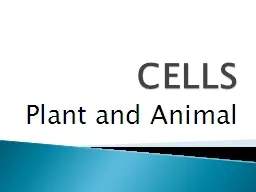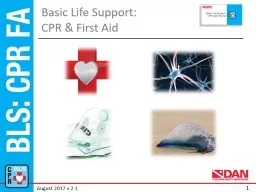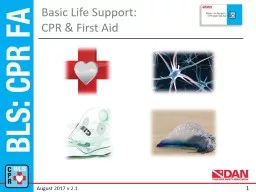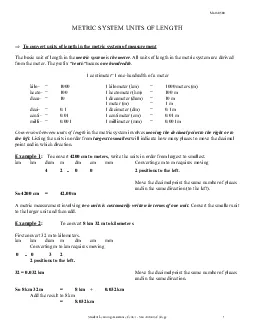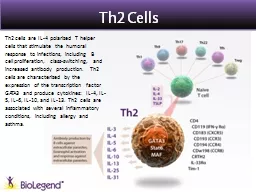PPT-Cells: The Basic Units of Life
Author : tatiana-dople | Published Date : 2018-09-18
O R G A N I Z A T I O N O F L I F E Cells Every living thing has at least one cell Some have only one and some have trillions Most cells are too tiny to be seen
Presentation Embed Code
Download Presentation
Download Presentation The PPT/PDF document "Cells: The Basic Units of Life" is the property of its rightful owner. Permission is granted to download and print the materials on this website for personal, non-commercial use only, and to display it on your personal computer provided you do not modify the materials and that you retain all copyright notices contained in the materials. By downloading content from our website, you accept the terms of this agreement.
Cells: The Basic Units of Life: Transcript
Download Rules Of Document
"Cells: The Basic Units of Life"The content belongs to its owner. You may download and print it for personal use, without modification, and keep all copyright notices. By downloading, you agree to these terms.
Related Documents

